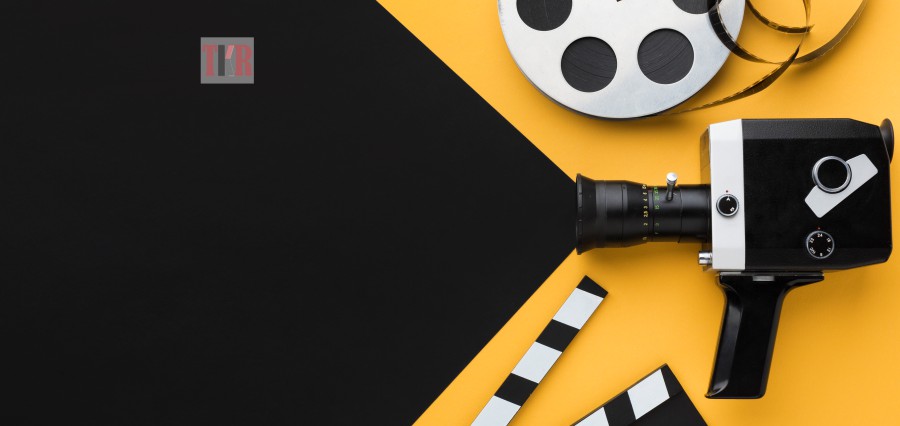Elements of art and design are the most widely known tools of visual artists. The elements in art and design describe how an artist utilizes these techniques to produce visual art.
The seven principles of art and design are movement, unity, contrast, emphasis, pattern, rhythm, and balance. Using the elements of art and design – line, shape/shape, space, value, color, and texture, artists construct a layout as a whole known as art.
Through implementing the seven elements of art and design, artists will construct a cohesive picture based on the principles of art theory.
Movement
The word ‘movement’ in photography also defines the interaction between the shutter speed of the camera and the image. When it comes to art and design, movement relates to the direction that the viewer’s gaze follows when viewing an image.
Movement is created by the elements and principles of art and design. A photographer may take care of how an audience experiences an image.
Further, understanding of psychology of human perception is an integral aspect of regulating movement. Red, for starters, is attention-grabbing. The light blues are deeper and more elegant. Movement can be driven through the selective use of color and saturation. Jagged lines generate suspense, moving the viewer’s attention from one level to another.
Unity
Unity explains the dynamic interaction between the different elements of an image. It helps to build a consistent picture. A photographer can create a sense of cohesion created through related colors or tones, ideas, or components.
Another thing that underlies a single picture is a straightforward understanding of a photographic outcome. A photographic effect, or target, is an idealized visual picture of a photograph before it is taken. Through pre-visualizing the result, a photographer may gain a better picture of the intent of an image. This, in effect, allows a photographer to take greater control of the shot.
Disunity is the inverse of this. Poor cropping, unnatural angles, or over-exposure damage the picture and can create disunity.
Contrast
Contrast is created where there are two or more competing elements in an image. Light in the night, moist in the cold. Yet the comparison still contains physical components. Color is another way to use the concept of contrast in photography. The use of two or more textures in an image not only adds tactility but provides a sense of place.
Emphasis
Emphasis is the center of attention in the shot. Color, distance, texture, and line function together to decide the subject of the painting. There are many places to reflect an emphasis on a photograph. Spacial emphasis includes the orientation of a subject within a visual context.
A single-subject situated in the middle of the picture may draw focus. It is the most readily accessible component of the photograph. Selective grouping directs the viewer’s attention to different focus points for a photograph of a variety of subjects.
Pattern
Patterns are an active principle of art and design, and they raise the picture off the screen. The human eye is trained to look for a pattern. It could elicit unexpected emotional responses from the spectator.
By regularity, a pattern makes sense of the visual world; through man-made structures, through living matter and abstraction. Simply placed, patterns are repetitions of the elements of art and design. All work together within a single container. Elements of design may be grouped in a consistent fashion to create a pattern.
Rhythm
In certain cases, the harmonic composition of a photograph is somewhat similar to visual composition. The artistic idea of rhythm borrows extensively from the philosophy of music. Much like an artist reads notes on a sheet of music, objects in space control the way we interpret a photograph.
The rhythm determines the repeating or organized/disorganized distribution of visual elements through the image. To add a sense of rhythm to your image, try visualizing musical notation. Spaces, similarities, and variations between subjects in a picture like this represent notes on a sheet of music.
Balance
Balance is used to display the visual weight of the frame. It can unite an image or it can create separation. A carefully composed composition provides a feeling of continuity to a shot. The imbalanced picture induces disunity or conflict.
All implementations are all right, depending on the desired result. Artists can strike a balance in three ways:
Symmetry – all sides of an image represent the same subject as a mirror image.
Asymmetry – the contrasting dimension balances the picture. For instance, a heavily textured surface on one side of the image, counterbalanced by a smooth, matt surface on the other.
Radial contrast symmetry — elements spaced evenly around a central point, like spokes on a drum.
Balance is sensual because it helps to ‘feel’ wrong or right. If you’re trying to highlight the balance of the shot, consider rotating your camera to create various viewpoints. You should also try taking pictures of various texture and color areas. Never hesitate to think about playing a bit.









